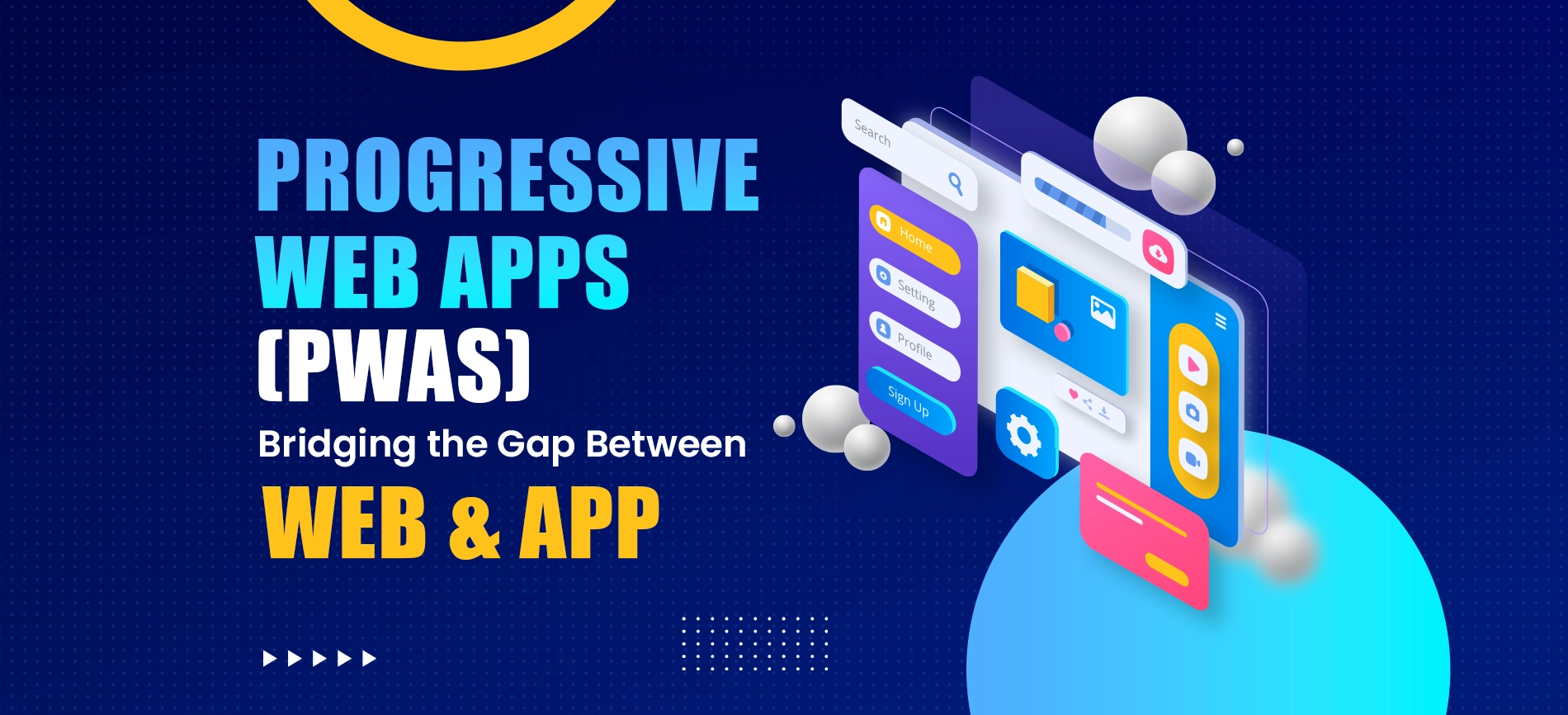Ruby on Rails is a popular web development framework used by software developers to enhance productivity. David Heinemeier Hansson developed it in 2003. It was officially released in July 2004. It turned the tables in web development with its new and innovative features including database table creations, and scaffolding of views which facilitated fast application development.
History of ROR
In 2009, version 2.3 came out with many major developments in different components such as engine, Rack, and templates. These changes offered many new opportunities to developers. Web developers could use the templates with custom gems and configurations. With engines, the web application developers got the flexibility to reuse some pieces of the application, and the Rack web server interface optimized the lines of code for action control. To conclude, the changes and additions enhanced the productivity of the developers. Companies have been hiring Ruby on rails developers to develop robust applications. To date, there have been many releases. Version 7.0.4 is the latest release of Ruby on Rails.
Technical Overview
Basic principles
The various versions have resulted in many iterations of the code base but the technical principles have remained fixed. It revolves around two basic principles:
1. Programming language – Ruby
2. MVC architecture
1. Ruby Programming
Ruby is the programming language used for writing Ruby on Rails. Ruby was created in 1995 by Yukihiro Matsumoto. Many programming languages such as Perl and Lisp served as an inspiration in this development process which was aimed to develop a natural language for programming. The popularity of the programming language has increased over the years and companies are ready to Hire Ruby On Rails developers for the web application developer.
2. MVC Architecture
Model-View-Controller architecture is very popular amongst developers for the clean distinction of different components. The model is used to develop the business logic, the View is used to manage the user interface, and the Controller is used to handle all the user requests. The MVC architecture is used to segregate different information and manage the code efficiently.
Characteristics of Ruby On Rails
Organizations hire dedicated Ruby on the Rails developers as it can be used to develop the front-end as well as the back end which cannot be done by many other programming languages. Its features are:
1. MVC architecture
This is one of the major points and anyone willing to hire a dedicated or remote Ruby on the Rails developer should ensure that the developer a good knowledge about it.
2. Active Record
Active record is the powerful library used for Ruby on Rails development. The Ruby on Rails developers gets the flexibility to write data interaction queries in Ruby which can be automatically converted to SQL query. The Ruby on Rails programmer rarely needs to get into writing a query in SQL.
3. Convention over configuration
Unlike many other web application development frameworks that require many config files with several settings, Ruby on Rails assigns the value automatically without any user intervention. This convention feature is meant to enhance the productivity of the developers.
4. In-built testing tool
With Ruby in Rails comes the RSpec unit testing setup which is known to be easy to learn. It uses plain Ruby language which can be used to separately test the functions.
5. Automated deployment
The Ruby on Rails libraries reduces the effort and time required to process the code into production. It requires a one-time setup to deploy every change that has been accomplished for production.
6. Easy-to-use Ruby language
Ruby is known to have a simple syntax. The Ruby programmers can include words like ‘puts’ as the command which is a part of the spoken language. The easy syntax makes Ruby easy to learn and use.
Advantages of Ruby on Rails
1. Security
Many built-in security measures ensure a secure development cycle. The Rails community of developers is committed to finding of issues and sorting out vulnerabilities.
2. Fast processing
The multi-threading in Ruby allows the developers to operate and handle multiple programs at one time without affecting the application performance. The web application developed using Ruby is known to have a quick ETA.
3. Open source
The open-source library and flexibility to add multiple projects make Ruby on Rails a very popular application development framework.
4. Trustworthy framework
Many popular websites including Shopify, Basecamp, Urban Dictionary, Github, Hulu, and Twitch have been developed using Ruby on Rails. This makes it a very trusted framework.
Conclusion
Ruby on Rails is associated with the programmer’s happiness. It is easy to use and increases productivity levels. Organizations connect Ruby on Rails development services to gain a deeper insight into the scope of development. Hire a Ruby on Rails Development Company today to develop a robust web application that can handle incremental traffic and complex features.
About Author
Subscribe to Our Newsletter!
Join us to stay updated with our latest blog updates, marketing tips, service tips, trends, news and announcements!




















